In the exciting realm where virtual prowess meets real-world competition, cybersport, also known as electronic sports or esports, has rapidly emerged as a dazzling intersection of sports, computer technology, and show business. This multifaceted industry, nestled in the heart of the entertainment world, has been on a phenomenal rise, with revenues set to reach $1.38 billion by the end of 2022, and a projected $1.617 billion by 2024. While these figures are undeniably impressive, it’s essential to recognize that esports, despite its rapid growth, still occupies a relatively small niche within the entertainment industry when compared to giants like Netflix, which boasts astronomical profits.
How Esports Operates
Much like traditional sports, esports operates through a well-structured framework:
Teams: These organizations recruit skilled players, often referred to as “eSportsmans,” and sign contracts with them.
Transfers: Similar to transfers in conventional sports, players can move from one team to another.
Coaches: Coaches play a crucial role in helping teams hone their skills and reach peak performance.
Managers: Responsible for the organizational aspects of the team, managers ensure that everything runs smoothly.
Training Camps: Training camps, sometimes called “boot camps,” are instrumental in preparing teams for upcoming competitions.
Tournaments: These competitive events, often with significant sponsorships and million-dollar prize pools, are the lifeblood of esports.
Referees: To maintain fairness and integrity, referees oversee games and ensure players adhere to the rules.
Broadcasts: Esports matches are widely accessible through streaming services such as Twitch, YouTube, and Huya, with knowledgeable commentators providing engaging coverage.
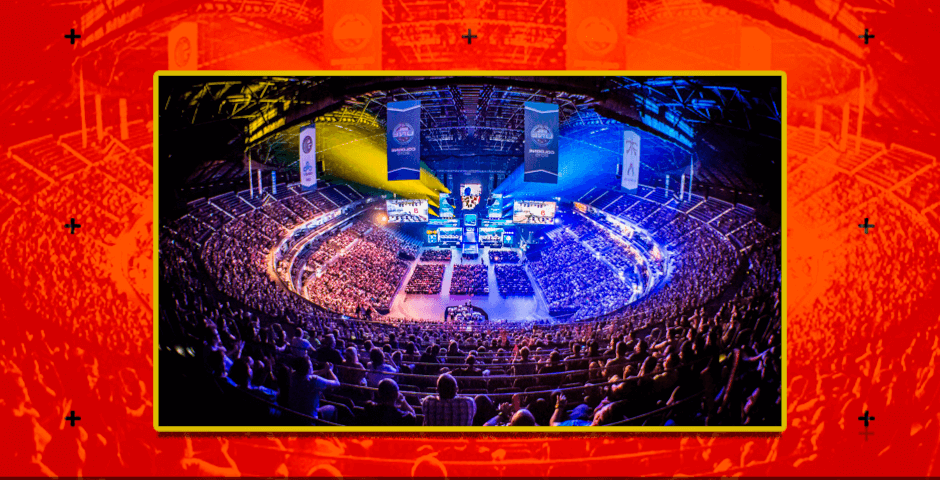
Key Features of Esports
What sets esports apart from casual gaming is the commitment to clear, structured rules and competitive fairness:
Level Playing Field: In esports, fairness is paramount, and players are provided with identical equipment, usually limited to a mouse and keyboard, ensuring equal opportunities.
LAN Tournaments: Many esports competitions take place in local area networks (LAN), eliminating connectivity issues, technical glitches, and cheating risks, thanks to in-person gameplay.
Online Competitions: While online qualifiers are common, they come with inherent risks, such as connectivity issues and cheating, which can affect the competition’s integrity.
The Evolution of Esports
A decade ago, esports struggled to gain recognition, but a turning point arrived with Valve’s The International 2011, offering a $1 million prize pool. This groundbreaking event caught the attention of many, setting the stage for the industry’s remarkable growth. Russia officially recognized esports as a sport five years later, further cementing its legitimacy.
Esports continues to evolve, with a diverse range of games and ever-changing formats. Existing games receive updates and patches, while entirely new game genres like Hearthstone expand the horizons of competitive gaming. Esports stars are often more accessible and relatable than traditional celebrities, fostering a unique connection with their fans.
The Rigorous Life of an Esports Athlete
Esports athletes, often referred to as professional gamers, lead a life that’s anything but casual. The perception of gamers idly playing in their bedrooms is a far cry from the demanding reality of competitive esports. These athletes commit themselves to intense training and competition, akin to traditional sports professionals.
Training Regimen: Esports athletes don’t simply play games for fun; they undergo rigorous training sessions. They meticulously hone their skills, strategies, and reflexes. Teams often employ coaches who dissect gameplay, analyze opponents, and fine-tune their strategies.
Physical and Mental Stamina: While esports may not require the same physical exertion as traditional sports, the mental demands are just as grueling. Players endure long hours in front of their screens, sometimes exceeding 12 hours a day. This intense focus and concentration can be mentally taxing, requiring exceptional mental resilience.
Global Competitions: Esports tournaments take place worldwide. Players often find themselves jet-setting to different countries, battling jet lag, and adjusting to new environments, all while maintaining their competitive edge.
Team Dynamics: Just like in traditional sports, team dynamics play a crucial role in esports. Players must communicate effectively, trust their teammates, and maintain a harmonious atmosphere. Team managers oversee these aspects, ensuring that the squad operates efficiently.
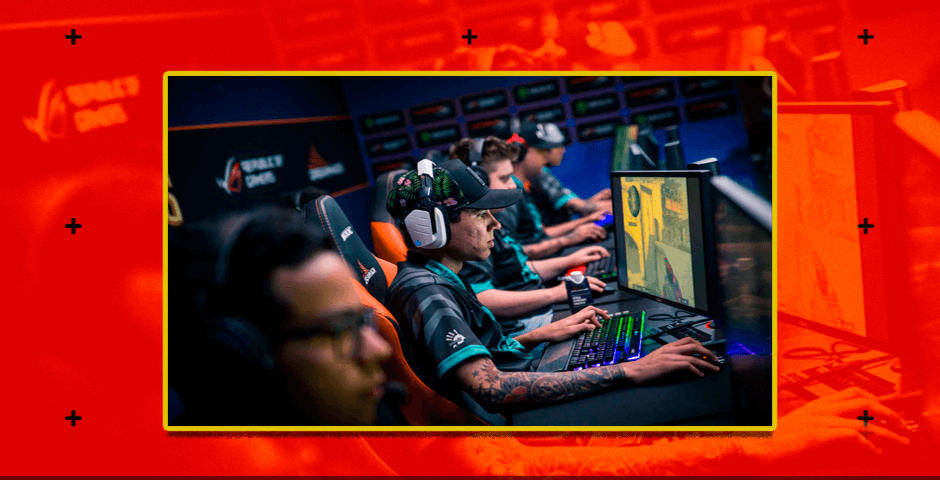
Diverse Esports Audience
The image of the stereotypical gamer is changing. Esports has drawn a more diverse crowd, with 45 percent of American gamers being women and the average age of players hovering around 34 years. Millennials, born between 1982 and 2004, have reached their peak purchasing power and are a significant segment of the gaming community. Predictions by Newzoo indicate an annual growth rate of approximately 14%, with the total esports audience expected to reach 557 million, including both casual viewers and dedicated enthusiasts.
Explore the fascinating world of CS2 players, a global gaming community united by passion and skill.
The Enigmatic World of Prize Pools
Esports is renowned for its astonishing prize pools. The allure of significant financial rewards has been instrumental in attracting players and investment into the industry.
Diverse Prize Ranges: Esports tournaments come in various shapes and sizes, each with its own prize pool. While local or amateur tournaments may offer more modest sums, the most prestigious global competitions boast staggering figures. For instance, Valve’s Dota 2 championship, The International, consistently features prize pools in the tens of millions of dollars.
Crowd-Funded Prizes: A unique aspect of some esports tournaments is crowd-funding. Games like Dota 2 have embraced this model, where a portion of in-game item sales contributes to the prize pool. This community-driven approach results in ever-increasing prize money, breaking records year after year.
Career Sustainability: For elite players, the substantial prize money can translate into a sustainable and lucrative career. Top earners can amass significant wealth through not only tournament winnings but also sponsorship deals, streaming revenue, and merchandise sales.
Curious about how much do players earn in CS2? Discover in-depth statistics by Skin.club, shedding light on the earnings of Counter-Strike 2 players.
The Esports Journey Through History
The history of esports is a fascinating journey, from its humble beginnings to becoming a global phenomenon.
1972: The Pioneering Years: The first recorded esports event was the “Intergalactic Spacewar Olympics” held at Stanford University in 1972. The winner was awarded a year’s subscription to Rolling Stone magazine.
1980: The Atari Championship: In 1980, Atari organized a Space Invaders championship, marking one of the earliest large-scale competitive gaming events, with 10,000 participants.
1990s: The Rise of Competitive Games: The late ’90s saw the emergence of titles like Quake, which embraced the competitive nature of gaming. Developers recognized the potential of esports and began offering substantial prizes, including one instance where a Ferrari was awarded to the winner.
2000s and Beyond: Global Recognition: Esports continued to gain recognition and professionalism. Various countries started hosting esports tournaments and, over time, acknowledged its legitimacy. Organized leagues and international championships became the norm.
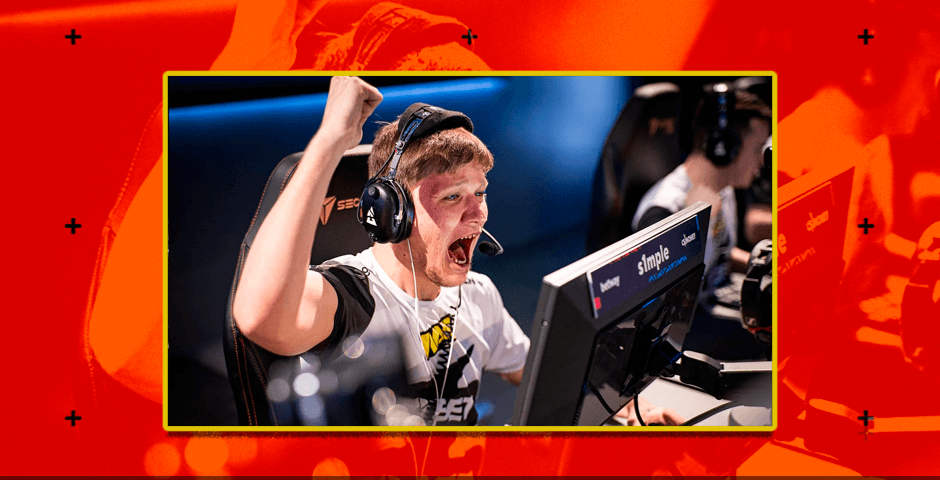
Esports on the Global Stage
The World Esports Association (WESA)
The World Esports Association (WESA) has played a pivotal role in shaping the governance and standardization of esports, acting as a unifying force among major organizations.
Foundation: WESA was established in 2016 with the goal of creating a framework for standardizing esports regulations and player representation. It is a collaborative effort among several prominent esports organizations, including Virtus.pro, Natus Vincere, Fnatic, and Ninjas in Pyjamas.
Standardization and Governance: One of WESA’s key functions is to define and enforce rules and standards for esports competitions. It works to ensure fair play, protect the rights of players, and maintain the integrity of the sport.
Player Representation: WESA also aims to give players a voice in the decision-making processes, providing them with a say in matters that affect their careers and well-being.
Global Impact: While WESA’s influence extends mainly throughout Europe and certain parts of North America, its efforts have had a significant impact on the global esports landscape by setting precedents and encouraging the adoption of similar governing bodies.
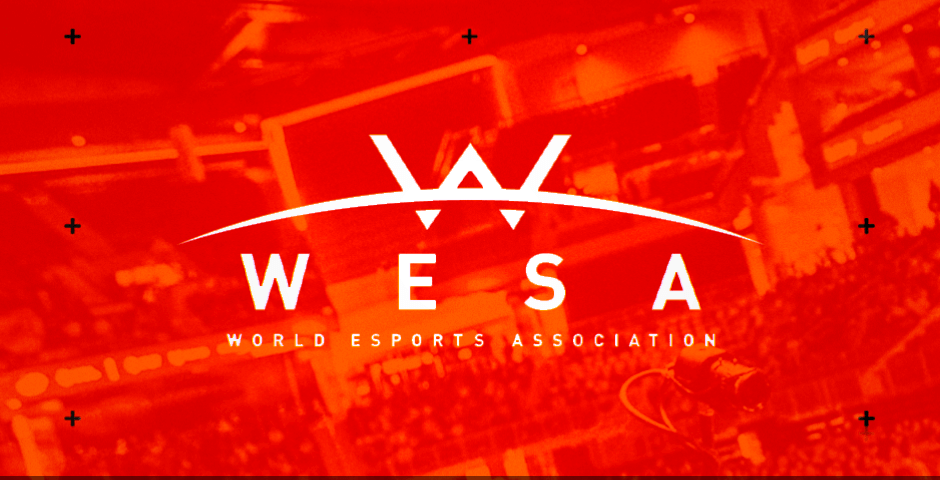
Exploring the Ever-Evolving World of Esports
As we navigate the intricacies of what is cybersport, we witness an industry that not only reflects the changes in technology but also the shifting demographics of its audience. The boundaries of traditional sports and entertainment are blurring, and esports stands at the forefront of this transformation.
Esports’ trajectory is not defined by its past achievements but by its boundless future potential. The relentless rise in revenue, the ever-increasing global audience, and the dedication of its athletes and organizations all point towards a bright horizon. Whether you’re a lifelong enthusiast or just stepping into the world of esports, one thing is clear: the allure of this digital arena is irresistible, and its journey is far from over.












































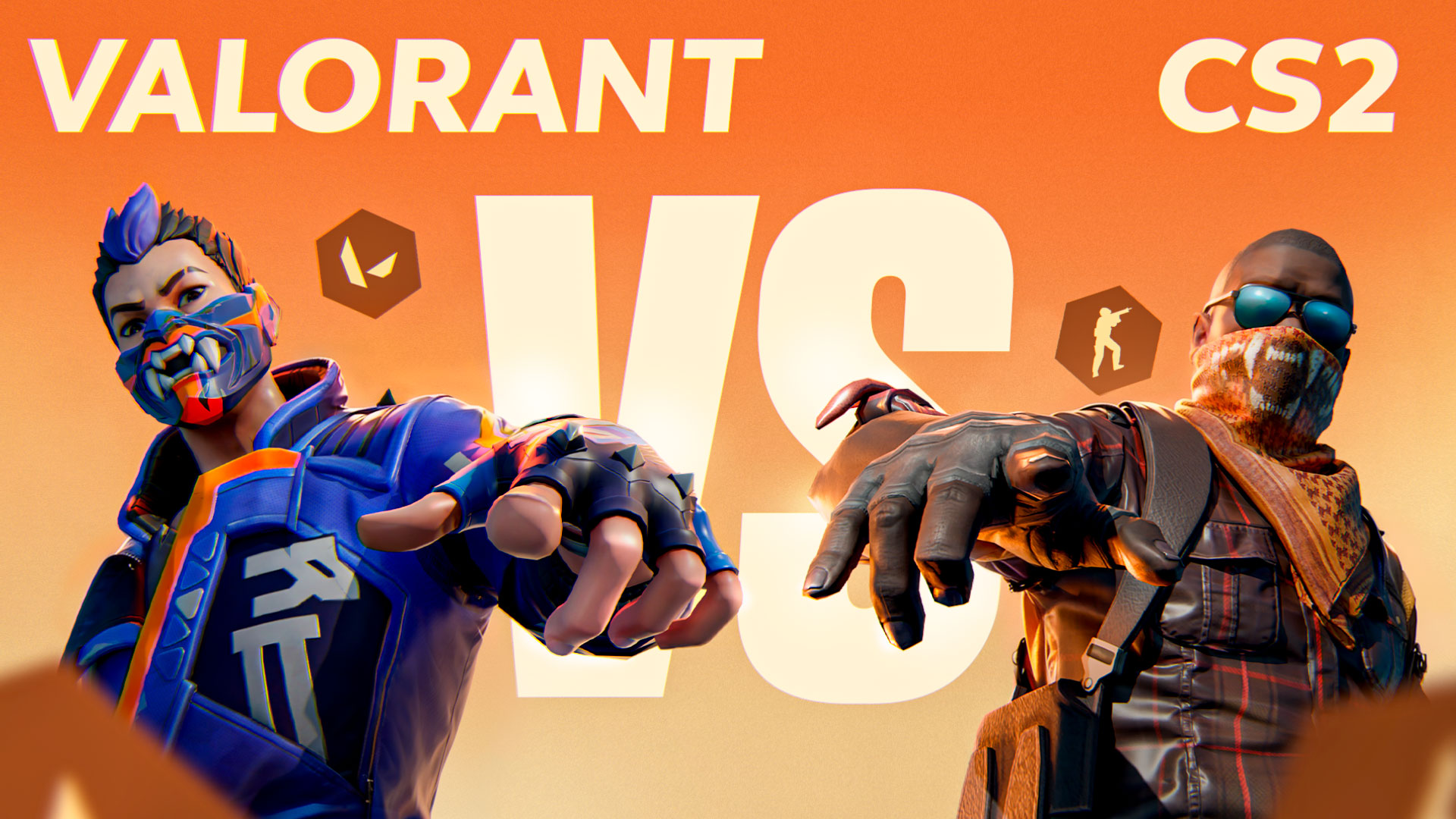
![How to Get Cases in CS2: Ultimate Guide [2024]](https://front.stage.jamson-sc.dev/community/wp-content/uploads/2024/08/Main-x-Name-32.jpg)






